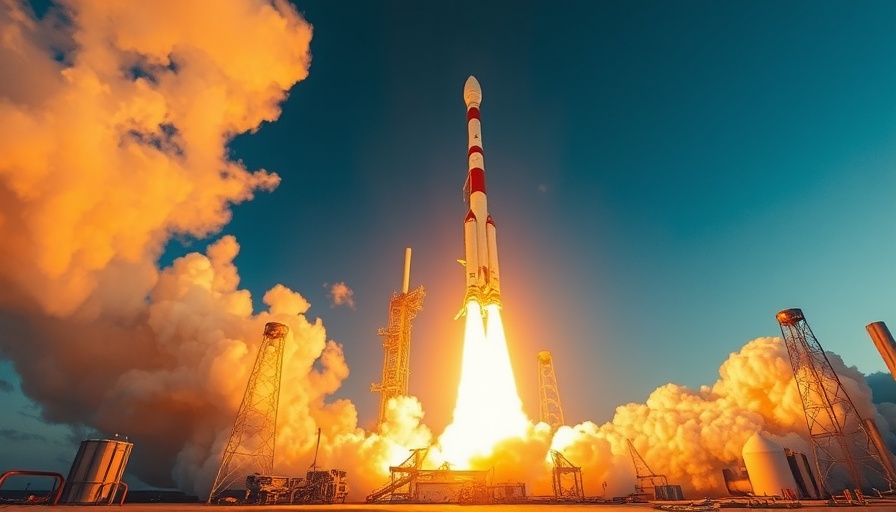
A Pioneering Journey: From Stranded to Safe Return
After an unanticipated nine-month odyssey aboard the International Space Station (ISS), NASA astronauts Butch Wilmore and Suni Williams are now on the verge of returning home. Following the launch of SpaceX’s Falcon 9 rocket carrying a fresh crew from Kennedy Space Center in Florida, the path is finally clear for these two veterans of space to reunite with their loved ones. The Falcon 9 launched carrying four space travelers on March 15, 2025, but the spotlight remained on Wilmore and Williams—a duo whose extended stay aboard the ISS had sparked both intrigue and concern.
The Circumstances Behind Their Extended Stay
Wilmore and Williams had originally planned to return to Earth months ago, after what was intended to be a brief mission. However, their return was hindered by significant technical issues with Boeing's Starliner spacecraft. During its maiden crewed flight, the vehicle suffered propulsion failures that rendered it unable to bring the two astronauts home.
This incident has not only emphasized the complexities of space travel, but it has also rekindled debates regarding the reliability of commercial spaceflight options. The Starliner's malfunction led to a situation in which astronauts faced prolonged separation from their families, prompting discussions about the psychological and emotional toll of extended missions in space.
Rescue Mission Highlights and Politics
The recent launch of the Crew-10 mission marked an essential step in resolving the ongoing saga. Among the crew are experienced astronauts, including Nichole Ayers, who expressed her gratitude for the collective efforts that brought them to this point. Notably, this mission is as much a technical achievement as it is a political statement, with discussions surrounding presidential inaction echoing in the backdrop. Former President Donald Trump and his advisors have criticized the current administration for perceived delays in resolving the situation of the stranded astronauts, declaring that they were "abandoned" in space.
Challenges Faced by Stranded Astronauts
Wilmore and Williams had undergone unique challenges during their extended stay. Their emotional resilience has been tested, as they unexpectedly found themselves away from home for more than twice the average ISS mission length. NASA's standard is around six months; however, factors such as providing additional clothing and personal items highlight the logistical realities of managing human beings in space for prolonged periods.
The Bigger Picture of Space Exploration
The situation is a harbinger of the potential risks and challenges that commercial space travel poses to astronauts. While innovations like SpaceX’s Crew Dragon have significantly advanced access to space for various missions, this scenario raises questions about safety, accountability, and efficiency. The safety protocols need reassessing to prevent future mishaps and ensure the well-being of astronauts during missions.
Future Implications for Astronauts and Space Missions
Looking ahead, the outcome of this situation can influence policies regarding astronauts’ well-being in space, the technical reliability of spacecraft, and the dynamics governing governmental support in commercial space missions. It presents an opportunity for further innovation in space transportation and highlights the need for robust contingency plans for unforeseen delays.
As Wilmore and Williams prepare for their eventual return—planned for February 2026—they represent the human spirit’s resilience amidst challenges. Space exploration is not just about technological proficiency; it is equally about prioritizing human lives and emotions. This incident serves as a reminder to the world and challenges both public sentiment and policy regarding astronaut safety.
For those captivated by space exploration, the saga of these stranded astronauts underscores the complexity of humanity’s quest to traverse the cosmos. Understanding their journey can inspire support for ongoing advancements in technology and safety in the ever-evolving landscape of space exploration.
 Add Row
Add Row  Add
Add 




Write A Comment